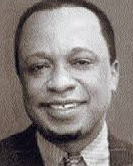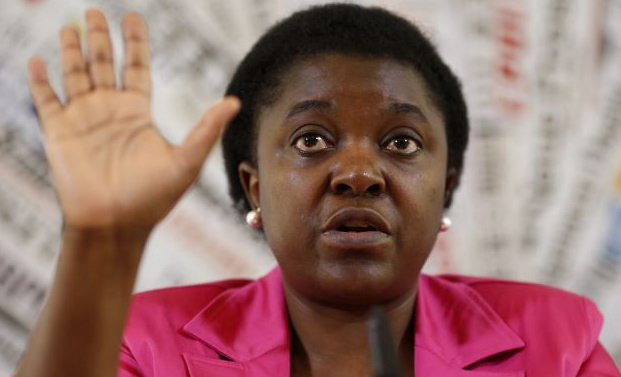The scene played on the Ajose Adeogun Street in Victoria Island, Lagos, some two years ago. It is that street Zenith Bank beautifies during the Christmas season. It wasn’t Christmas on the late Wednesday morning and traffic was light. We drove directly behind her. She was driving with one hand and talking on the hand-free piece of her phone with wild gesticulations.
I tried to confirm if there was someone with her. None!
I told my driver to get abreast with her for a closer observation. Confirmed, no one with her!. But she was still gesticulating widely: A dark, tall, slim lady of about 35 years with a beautiful face, no signs of anger. She was driving a black Mercedes Jeep.
Shortly after we drew level, traffic stopped. Now, both hands free, she went into wilder gesticulation, her face turning a bit cloudy, may be not like Arsenal’s Arsène Wenger’s face in defeat. Commentators say Wenger’s face looks like thunder when his team is under pressure.
Advertisement
But even as a writer with a powerful sense of imagination, I still fail to get the similarity between a face and thunder. I don’t get it.
Anyway, back to our gesticulating lady. She continued talking and gesticulating with both hands until traffic moved again. Even at that she continued with one hand. At a point she turned towards me and noticed I was watching her theatrics but it didn’t stop her.
Why do women gesticulate so much?
Advertisement
Gesticulation is an integral part of feminine communication. And it is much more interesting when they are angry or excited. A gesture is a form of non-verbal communication or non-vocal communication in which visible bodily actions communicate particular messages, either in place of, or in conjunction with, speech.
However, in the case of our lady, she couldn’t have been communicating with her gestures to her listener at the other end of the phone somewhere.
Origin
Scientists have found that the evolution of the control of speech and hand movements can be traced back to the same place in the brain, which could explain why we use hand gestures when we are speaking.
Advertisement
Hand gesturing is uniquely tied to speech from infancy.
Gesticulate is from the Latin “to gesture” and literally means “to make or use gestures, especially in an animated or excited manner with or instead of speech.”
Now, the issue with our Ajose Adeogun lady could have been that she was widely animated. But a man in her position would not have done same, weaving his hands in the air.
Why women
Advertisement
According to Wikipedia, when considering the differences between men, women, and the various ways in which they express their emotions, men and women from various cultures have been shown to accept that women are generally more emotional than men. Except in cases of anger or pride, most men tend to be more discrete with their emotions.
Researchers have also concluded that the observed emotional differences between men and women primarily stem from socialized gender roles, rather than biology. Thus, the range of emotional expression that certain populations experience is based, in large part, on their culture’s expectations for femininity and masculinity.
Advertisement
In Nigeria, women tend to gesticulate more than man, and that is expected of their communication. It is a feminine trait, displayed more elaborately by extroverted and excited women. It has been observed women who by their background or profession have lost some sense of inhibition, like prostitutes, gesticulate far more.
At higher level, women have been found use gestures to their own advantage. Sometimes they even evolve a secret code to communicate with one another.
Advertisement
And experts have noted that in general, women’s animated gestures add value to a charismatic presentation.
Generally, hand gestures help us think, and they also help the listener understand what we’re trying to say.
Advertisement
Some quick facts
Elena Nicoladis, a researcher who studies hand gestures, has noted the following facts about gesticulation.
- We tend to use hand gestures more when we’re talking about spatial concepts – like giving directions or giving instructions on how to operate something.
- We use hand gestures when we have vivid images in mind of what we’re trying to say – for example, you’ll use more hand gestures when you’re trying to remember the exact details of your 7th birthday, rather than remembering what you did on a typical day during your childhood.
- People who tend to have trouble finding the right words to get their message across are more likely to speak with their hands.
- Bilinguals are more likely to gesture than people who speak only one language.
Add a comment





